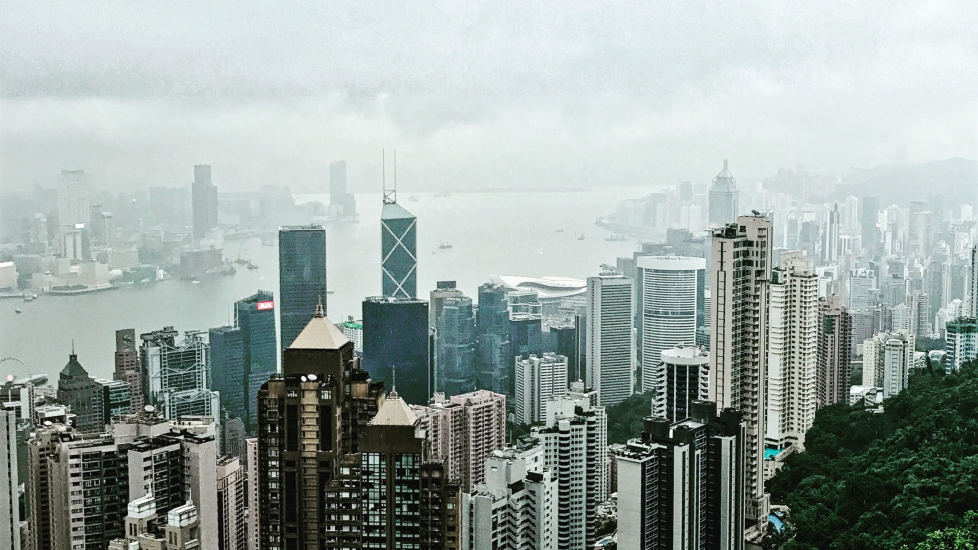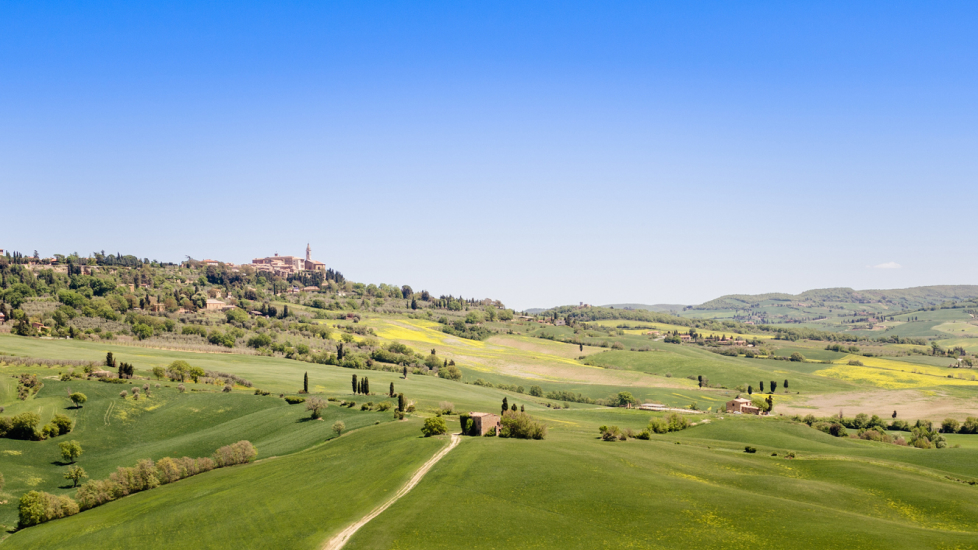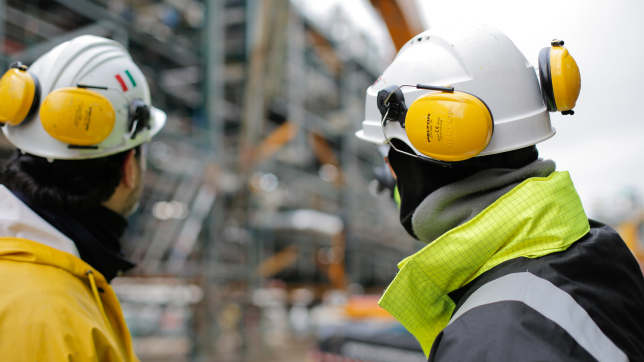La necessità di contenere i cambiamenti climatici legati all’aumento della temperatura del pianeta attraverso una riduzione della quantità di CO2 immessa in atmosfera rende necessario procedere rapidamente con la decarbonizzazione delle attività produttive, specie dei settori siderurgico, petrolchimico e dei trasporti.
The decarbonisation of the economy must take place by implementing a green approach to existing industrial plants, which are currently based around the use of fossil feedstocks.








